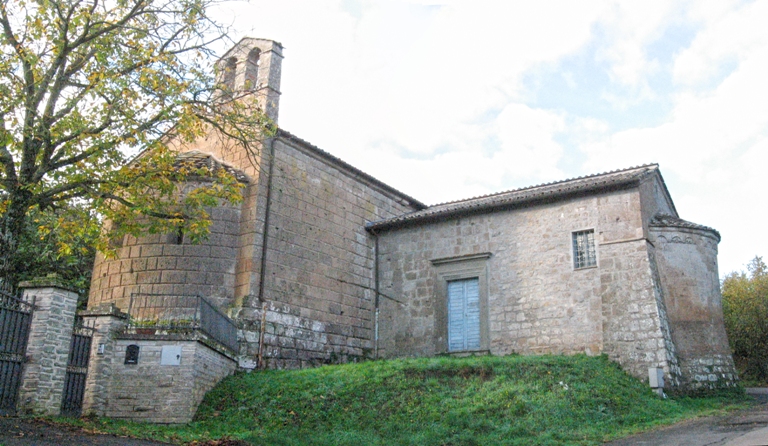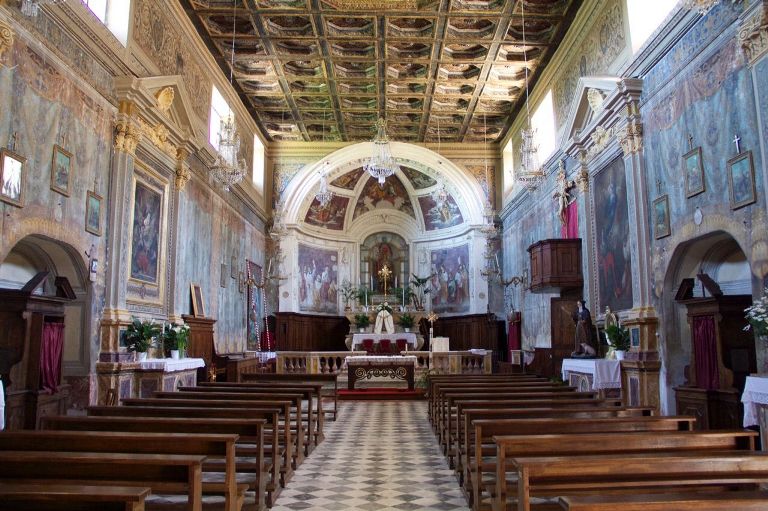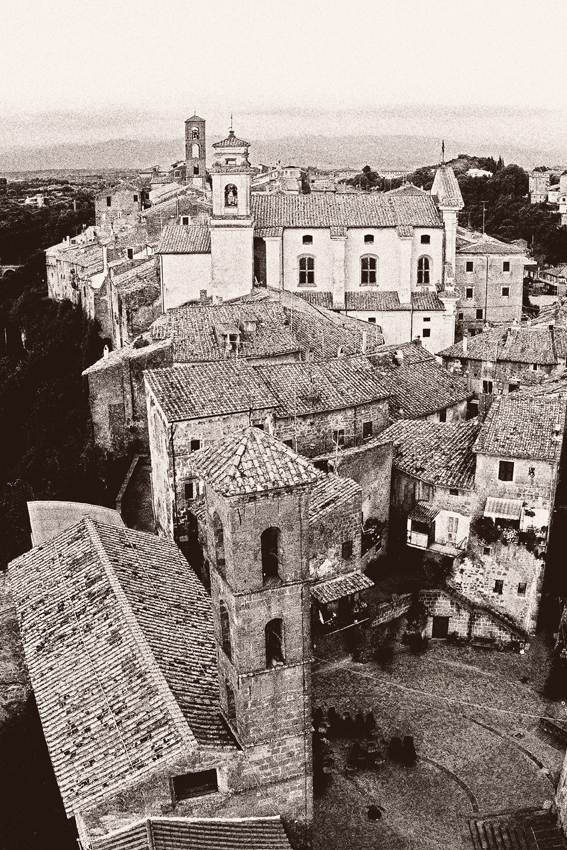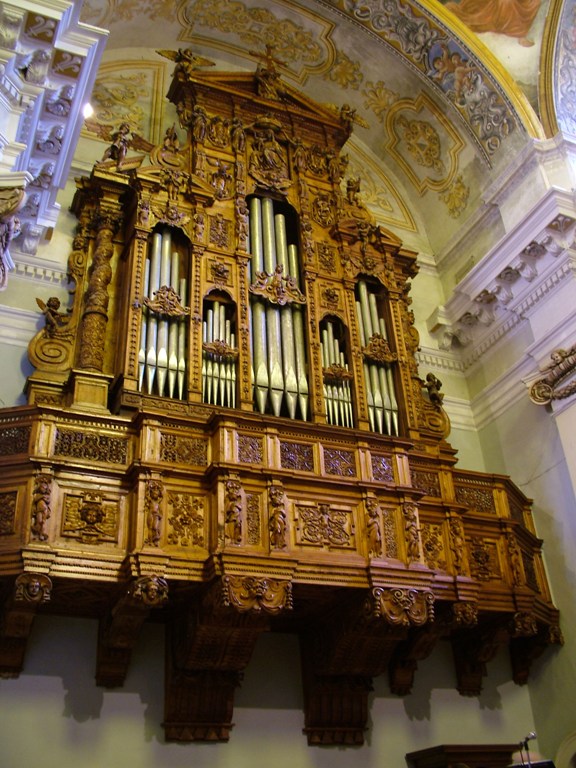
|
|
|

|
|
Vallerano Vallerano is situated in a particular position: near very high hill Monte Cimino. The people live here from the Bronze Age. A small town is located in a pleasant place. A damp climate and fertile soil are reasons for plants (chestnuts tree and hazel tree) to grow. Here you look for little peace and quiet. The old town is very important: the place is of historical importance – the medieval and Renaissance architecture You can see also the churches done in peperino – is an Italian name applied to a brown or grey volcanic rock (tufo). |
|
What to See "Valleranese" territory is rich in Etruscan and Roman remains, as well as medieval of great interest. They are hermitages monastic cave of San Leonardo, San Lorenzo and San Salvatore, the last two with frescoes of the eleventh century.  The old town is very important: the place is of historical importance – the medieval architecture. the Renaissance village (the village there was before 1000, later it was destruction of 1282 and 1432), there is only fortified tower.  Inside and outside the historical center, the underground has many cellars dug by hand in the tuff, the different uses depending on the historical period: the tombs, stables, canned food, shelters, laboratories wineries and chestnuts.  The Church of Mary SS.ma della Pieve (sec. XII), not far from the historic center, retains some of its original architecture Romanesque, while inside are very interesting frescoes and apsidal decorations SS.ma dedicated to Mary, St. Bonaventure and St. Francis of Assisi.  Near the square dell´Oratorio there are two old churches: the Church of Our Lady of the Rosary and the old Church of St. Andrew, until 1750 it was the cathedral, which later became the hospital and now there is school of music. Preserved frescoes of exquisite workmanship.  The new Church of St. Andrew the Apostle was built in 1751 on the ruins of the old castle. At the highest point of the village stands the Church of San Vittore Martire, patron of Vallerano. Inside it preserves a baptismal font in 1450 of granite, while of great beauty is the coffered ceiling dated 1762, and the organ Alari 1750.  At the entrance of Via Cellari, a small door opens Burials of the Church of St. Andrew, where there are a lot of static Christmas Nativity scene during Christmastime.  Outside the village, is the best of Vallerano, sancta sanctorum, The Sanctuary of SS.ma of Blood; built on the designs of Vignola as a result of the miracle that took place July 5, 1604. Giacomo Barozzi da Vignola, often simply called Vignola, was one of the great Italian architects of 16th century Mannerism. His two great masterpieces are the Villa Farnese at Caprarola and the Jesuits´ Church of Gesù in Rome. There are beautiful and very important frescoes of Lanfranco, mural painting of Vandi, the picture of Pomarancio (he was very important Italian mannerist painter). There is also the most important organ where Georg Friedrich Händel has sounded in 1707.    |

|

